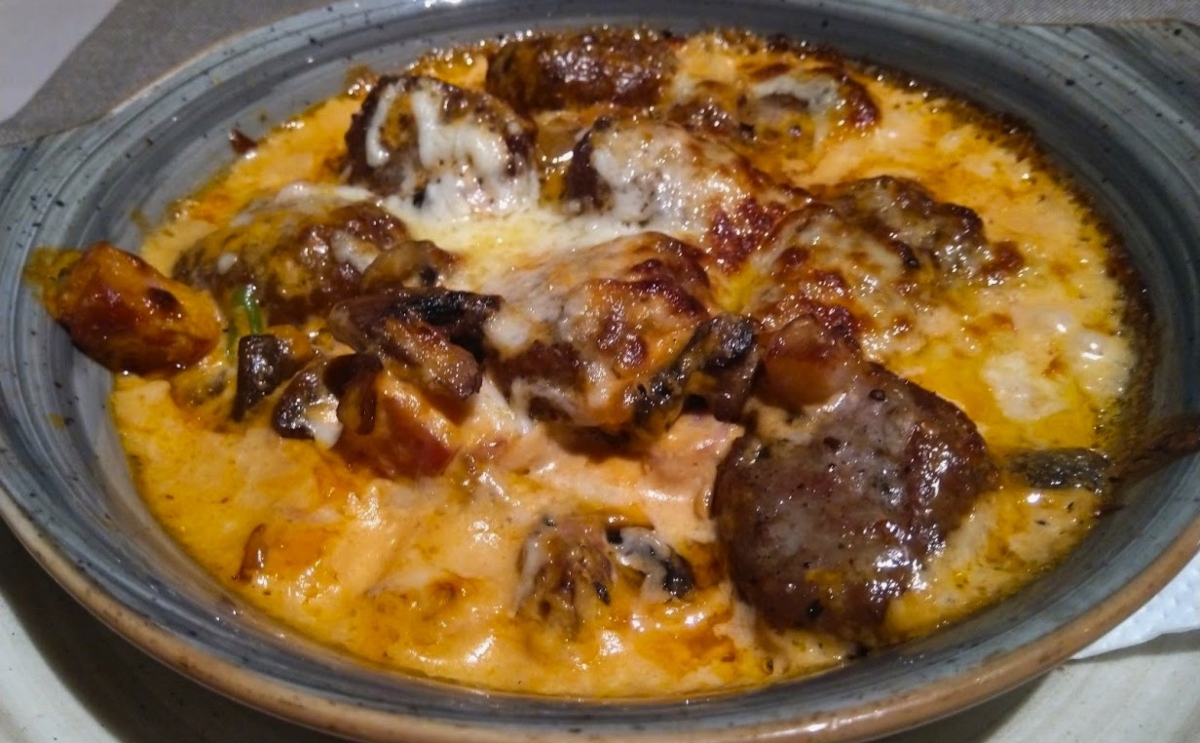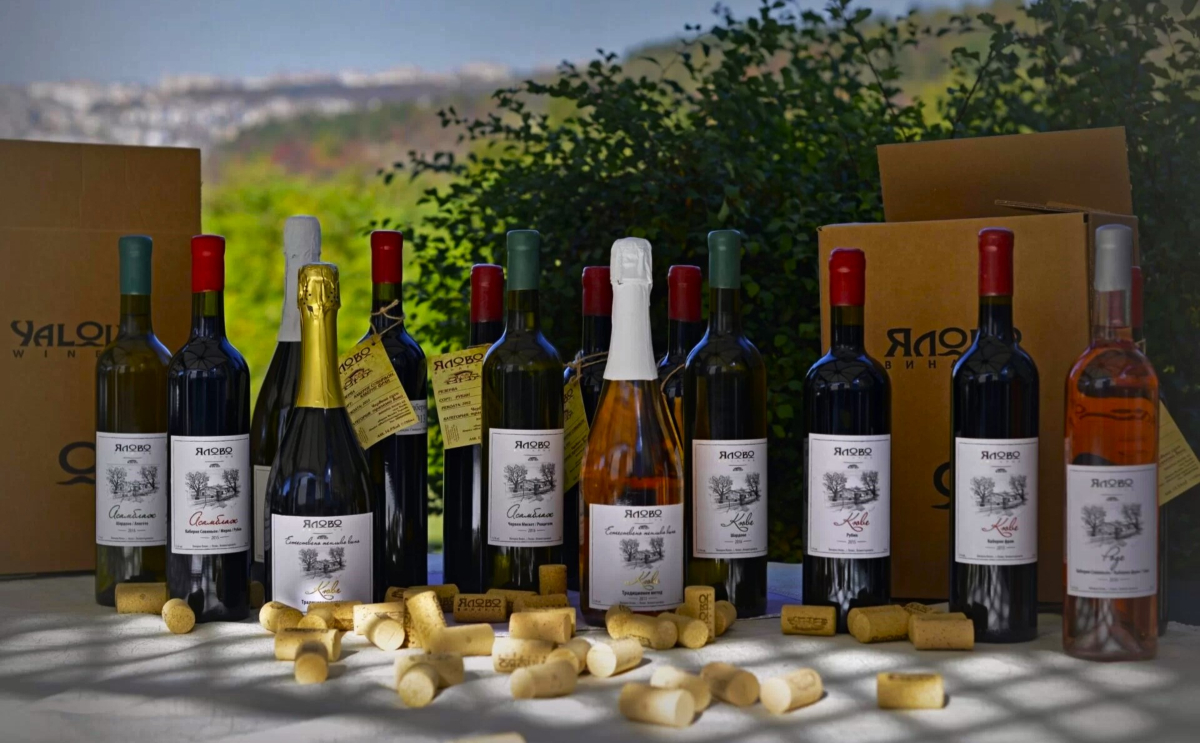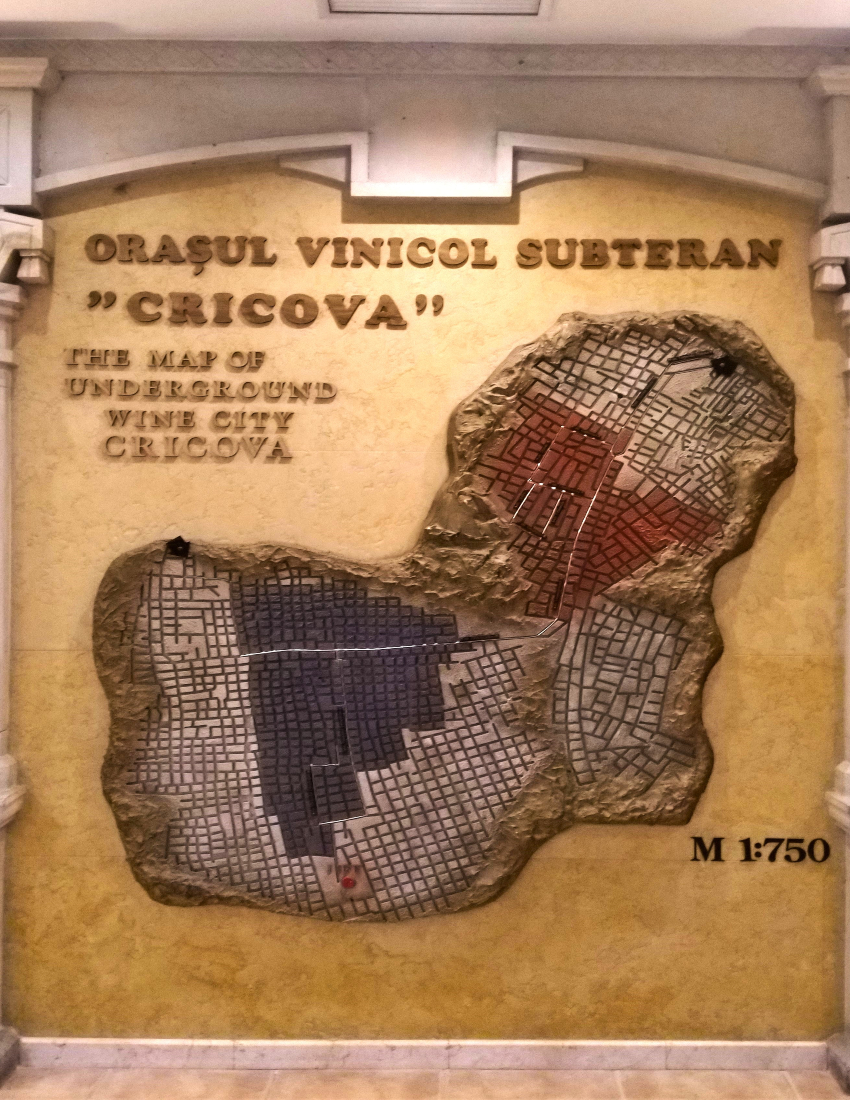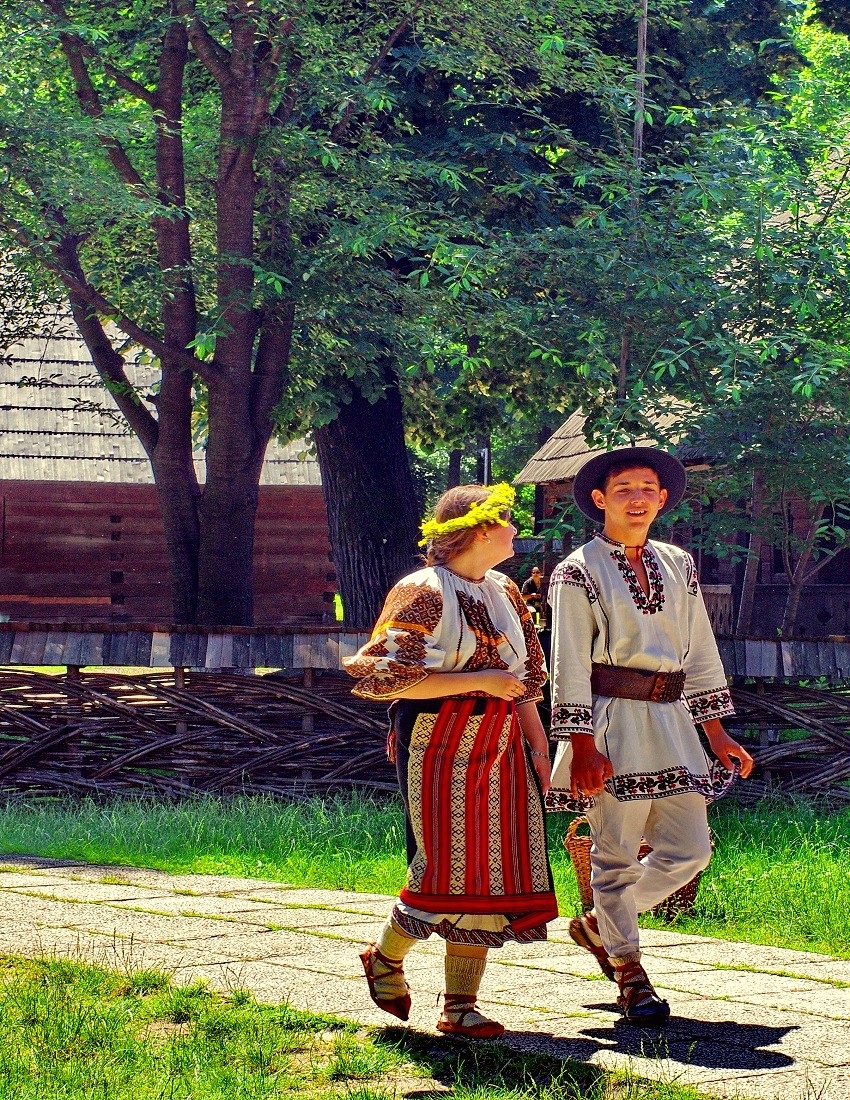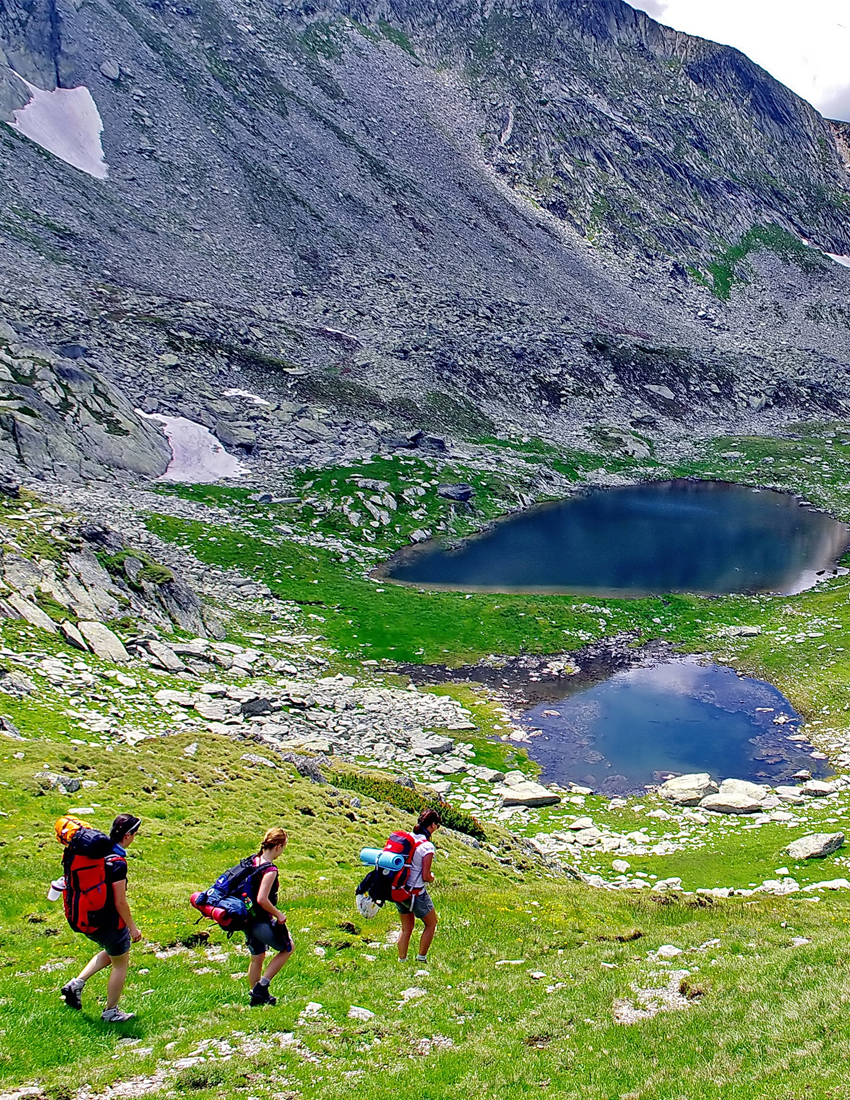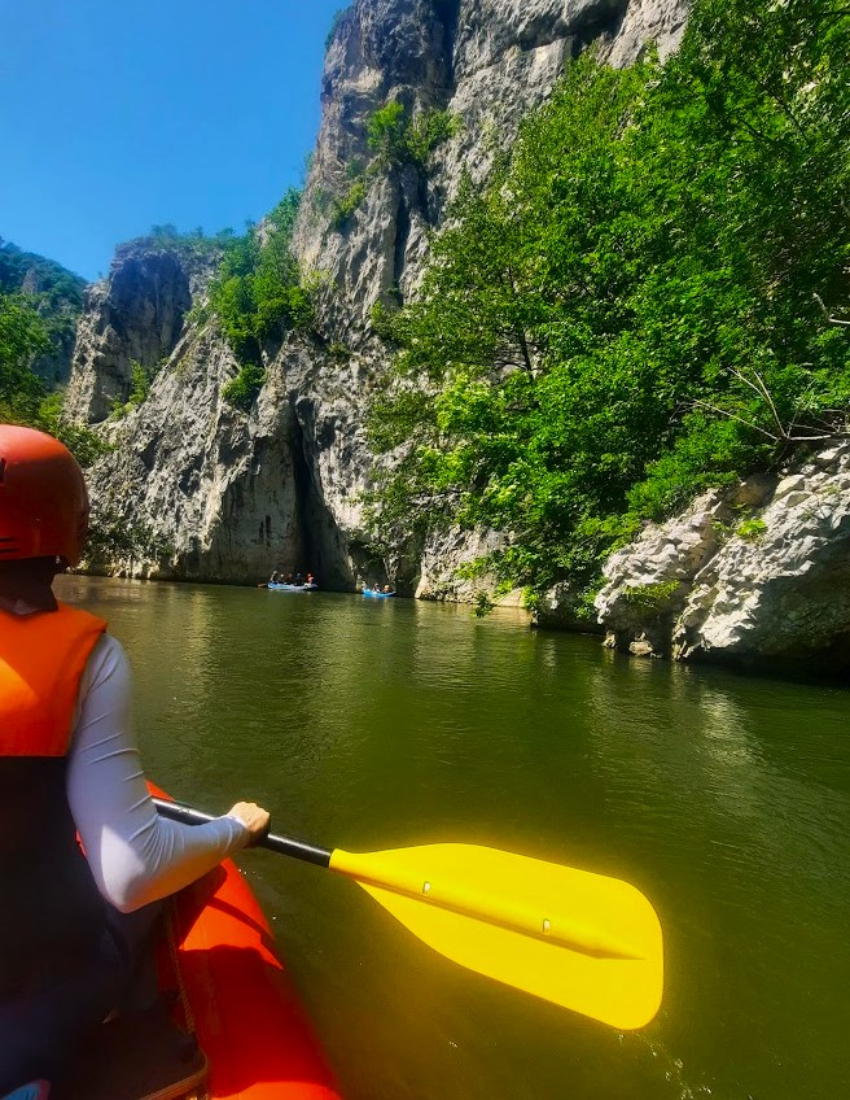According to the majority of the guide books, Veliko Tarnovo is a “must-see” attraction; there’re plenty of reasons to visit the place: the medieval-hill 12-14th century Tsarevets fortress, the sceneries of the Yantra canyon, the cobbled stone narrow streets with 19th century edifices (belonging to the Bulgarian Revival style) and artisan shops, little cafes and restaurants (Mehana) with traditional food.
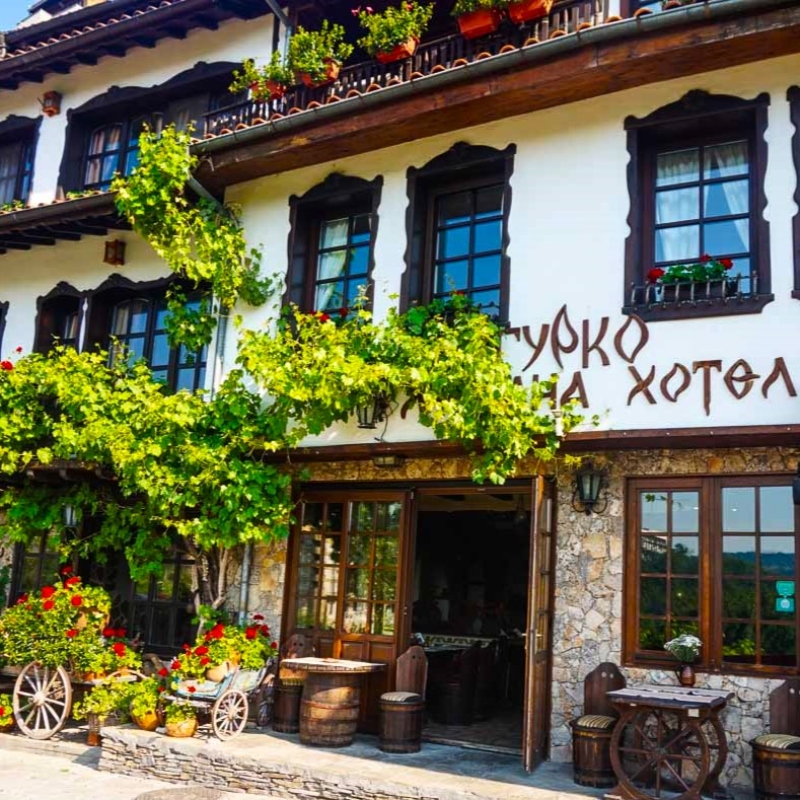
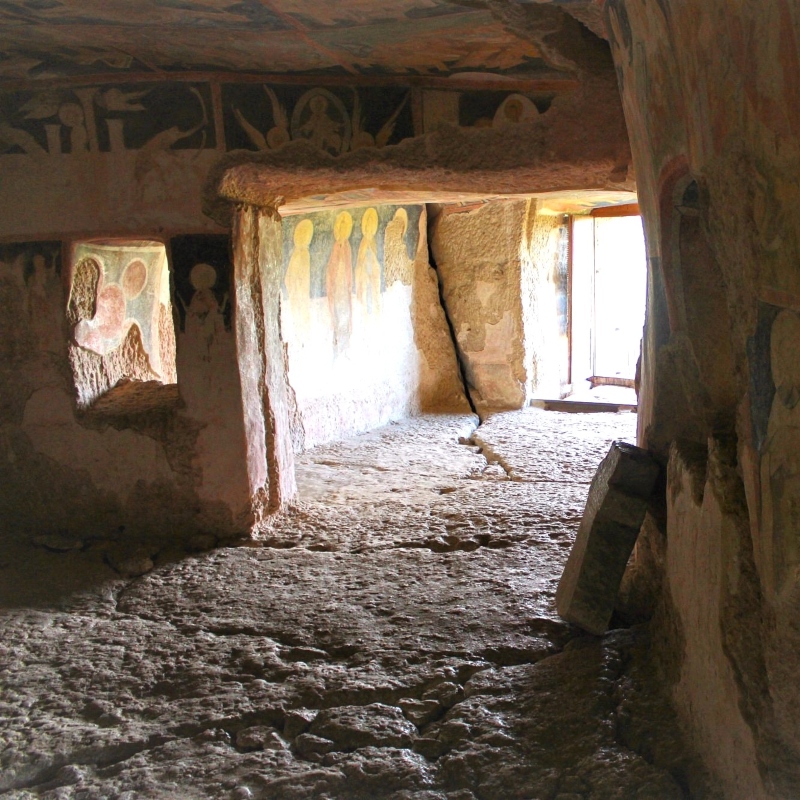
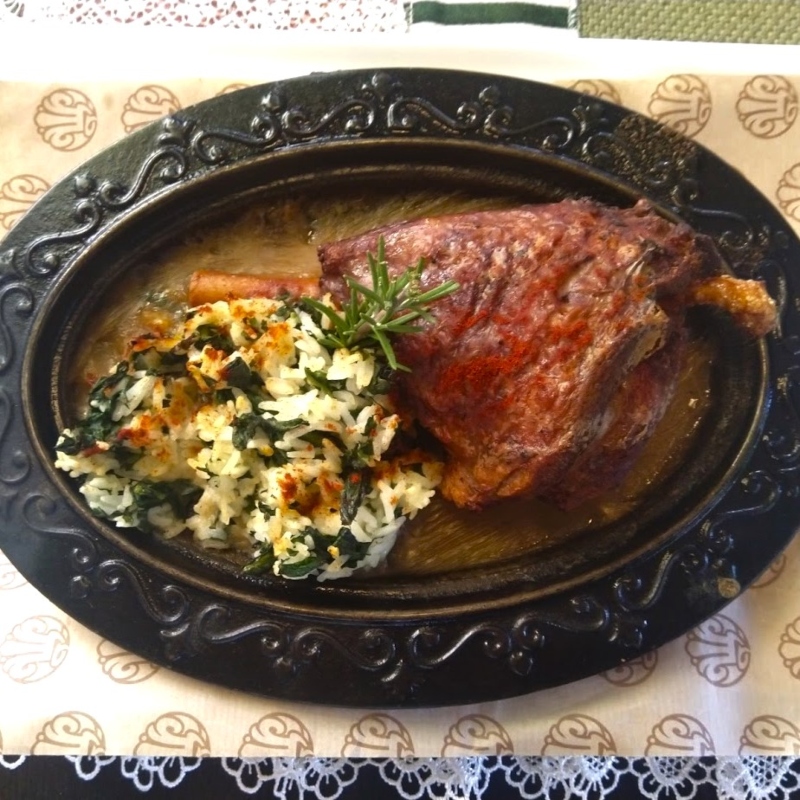
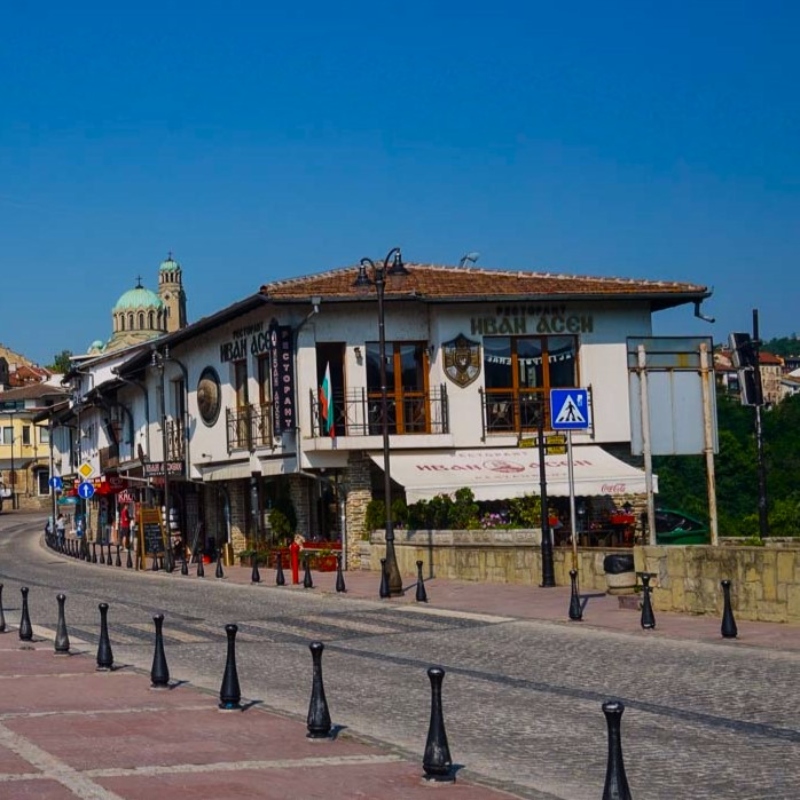
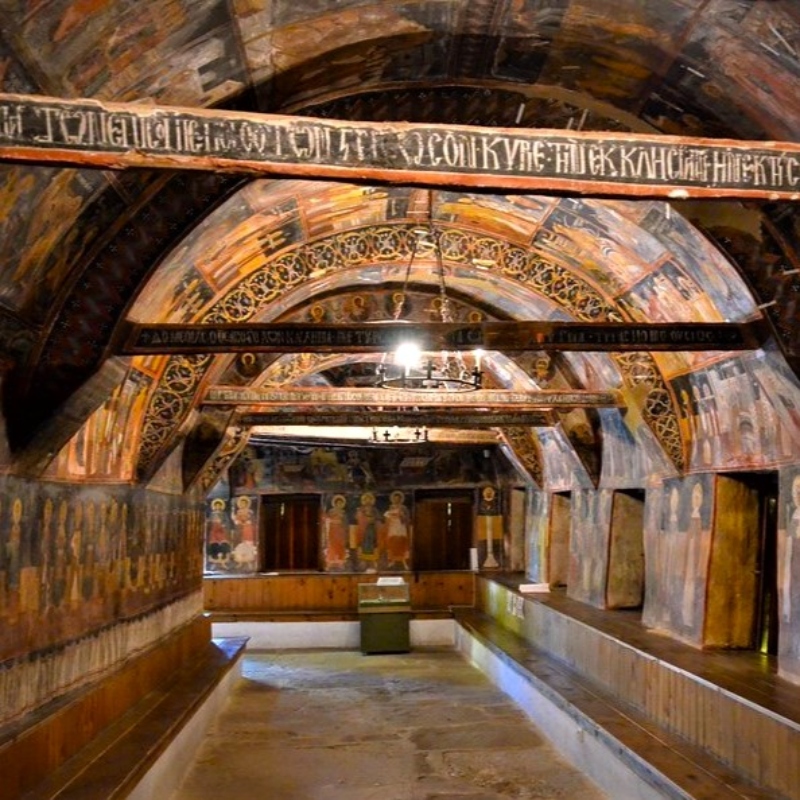
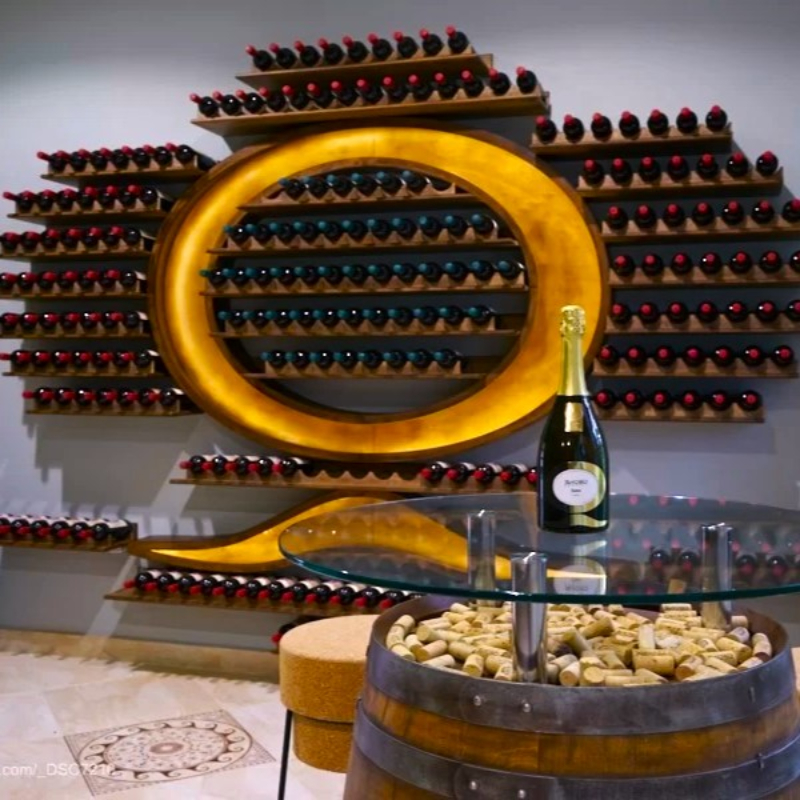
Traces of medieval history – Veliko Tarnovo
Day 1. Bucharest - Veliko Tarnovo
The trip starts at Bucharest.
Soon after crossing the border we find Ivanovo, a UNESCO famous site of a complex of 13th-century stone-carved monasteries with preserved frescoes. The vivid images are a flourishing of the Palaiologan style (coming from the Palaiologos ruler dynasty, 13-15th cent) and a genuine culmination of medieval religious Bulgarian history, depicting characters full of dynamic gestures and tensions.
We continue the drive to Veliko Tarnovo. Afternoon walking tour in the old city, visiting Tsarevets fortress and the pedestrian area. We have the chance to feel a place that lives 5000 years of history.
Dinner at Hadji Nikoli Inn, a historical masterpiece of the Bulgarian Renascence period – built in 1858 by the famous architect Kolyo Ficheto for the tradesman who played an important role for the Bulgarian Orthodox Church independence. It is the only inn of all 70 who survived over the years.
Accommodation for 2 nights at 4* Yantra Hotel, the best location with view to Tsarevets fortress, which is scene of a popular evening light and sound show, playing since 1985.
Day 2. Explore the Veliko Tarnovo region
We discover important local attractions, today:
- ETAR: the ethnographical open-air village museum (1964, UNESCO listed), dedicated to the lifestyle, customs, culture and craftsmanship of today's Bulgarian ancestors, an excellent representation of the Balkan architecture, unique in Bulgaria. A good opportunity to get authentic souvenirs and to taste pastries and sweets from the Gabrovo region. The buildings are very well maintained, covered with traditional stone shingles. We find here craftsmen homesteads, mills, and a variety of workshops, fashioning wood, stone, leather, or metal objects.
- Yalovo winery: we get facts about the pure art of winemaking, finding stories behind each wine presented here. The winetasting includes some really interesting and delicious wines - unique Bulgarian varieties as well as more international brands. Hint: the golden sparkling wine is fantastic!
Return to Veliko Tarnovo in the afternoon.
Dinner at Shtasliveca (“the Lucky One”) Restaurant – the first choice about food in Veliko Tarnovo. Fine decorations inside, stunning views from the terrace, overlooking Yantra canyon. Traditional food and Mediteraneean dishes, as well.
Day 3. Veliko Tarnovo - Bucharest
Morning drive to Arbanassi (Albanian in Bulgarian language), the village across the city, beautifully located on the top of the canyon. There are a few variants about founding the village, apparently built by the Albanian and Greek emigrants in the 13th century, becoming famous more lately, in the 17-18th centuries, due to the commerce with Austria-Hungary, Transylvania, Russia, Poland and India. The inhabitants were specialized in trade with cattle, being the main suppliers with butter and tallow to Istanbul. Among other flourishing guilds, we mention the goldensmith, blacksmith, coppersmith, winemakers or the silmakers.
Today, most of the homesteads are built in the fortress-house style, having mostly stone floors; the doors are large and made of solid wood. Among some 80 houses maintained in good stages, 36 are declared as national monuments. The architecture belongs to the Bulgarian National Revival period (16-17th centuries); the religious settlements are small, without bell-tower, in order to not put in inferiority the mosques, as the Ottomans imposing it during the 500 years of ruling.
Visit Church of the Nativity - beautifully decorated with frescoes (over 3000 images!) made in different stages, starting to 1597; it brilliantly tells the story of how the Bulgarian people maintained their faith and national culture through centuries of Ottoman oppression.
Drive up north, towards the border with Romania. Stop at Nicopolis ad Istrum.
Nicopolis ad Istrum represent a former Roman and Byzantine important city, the birth place of the Gothic alphabet – in the 4th century the founder, a missionary named Wulfila translated here the Bible from Greek into Gothic alphabet. The site is included in UNESCO Tentative List since 1984. Paved streets, remains of a public bath, theater, public buildings, columns, wall fortifications – just few reasons to pay a visit.
Return to Bucharest in the evening.
According to the majority of the guide books, Veliko Tarnovo is a “must-see” attraction; there’re plenty of reasons to visit the place: the medieval-hill 12-14th century Tsarevets fortress, the sceneries of the Yantra canyon, the cobbled stone narrow streets with 19th century edifices (belonging to the Bulgarian Revival style) and artisan shops, little cafes and restaurants (Mehana) with traditional food.
Day 1. Bucharest - Veliko Tarnovo
The trip starts at Bucharest.
Soon after crossing the border we find Ivanovo, a UNESCO famous site of a complex of 13th-century stone-carved monasteries with preserved frescoes. The vivid images are a flourishing of the Palaiologan style (coming from the Palaiologos ruler dynasty, 13-15th cent) and a genuine culmination of medieval religious Bulgarian history, depicting characters full of dynamic gestures and tensions.
We continue the drive to Veliko Tarnovo. Afternoon walking tour in the old city, visiting Tsarevets fortress and the pedestrian area. We have the chance to feel a place that lives 5000 years of history.
Dinner at Hadji Nikoli Inn, a historical masterpiece of the Bulgarian Renascence period – built in 1858 by the famous architect Kolyo Ficheto for the tradesman who played an important role for the Bulgarian Orthodox Church independence. It is the only inn of all 70 who survived over the years.
Accommodation for 2 nights at 4* Yantra Hotel, the best location with view to Tsarevets fortress, which is scene of a popular evening light and sound show, playing since 1985.
Day 2. Explore the Veliko Tarnovo region
We discover important local attractions, today:
- ETAR: the ethnographical open-air village museum (1964, UNESCO listed), dedicated to the lifestyle, customs, culture and craftsmanship of today's Bulgarian ancestors, an excellent representation of the Balkan architecture, unique in Bulgaria. A good opportunity to get authentic souvenirs and to taste pastries and sweets from the Gabrovo region. The buildings are very well maintained, covered with traditional stone shingles. We find here craftsmen homesteads, mills, and a variety of workshops, fashioning wood, stone, leather, or metal objects.
- Yalovo winery: we get facts about the pure art of winemaking, finding stories behind each wine presented here. The winetasting includes some really interesting and delicious wines - unique Bulgarian varieties as well as more international brands. Hint: the golden sparkling wine is fantastic!
Return to Veliko Tarnovo in the afternoon.
Dinner at Shtasliveca (“the Lucky One”) Restaurant – the first choice about food in Veliko Tarnovo. Fine decorations inside, stunning views from the terrace, overlooking Yantra canyon. Traditional food and Mediteraneean dishes, as well.
Day 3. Veliko Tarnovo - Bucharest
Morning drive to Arbanassi (Albanian in Bulgarian language), the village across the city, beautifully located on the top of the canyon. There are a few variants about founding the village, apparently built by the Albanian and Greek emigrants in the 13th century, becoming famous more lately, in the 17-18th centuries, due to the commerce with Austria-Hungary, Transylvania, Russia, Poland and India. The inhabitants were specialized in trade with cattle, being the main suppliers with butter and tallow to Istanbul. Among other flourishing guilds, we mention the goldensmith, blacksmith, coppersmith, winemakers or the silmakers.
Today, most of the homesteads are built in the fortress-house style, having mostly stone floors; the doors are large and made of solid wood. Among some 80 houses maintained in good stages, 36 are declared as national monuments. The architecture belongs to the Bulgarian National Revival period (16-17th centuries); the religious settlements are small, without bell-tower, in order to not put in inferiority the mosques, as the Ottomans imposing it during the 500 years of ruling.
Visit Church of the Nativity - beautifully decorated with frescoes (over 3000 images!) made in different stages, starting to 1597; it brilliantly tells the story of how the Bulgarian people maintained their faith and national culture through centuries of Ottoman oppression.
Drive up north, towards the border with Romania. Stop at Nicopolis ad Istrum.
Nicopolis ad Istrum represent a former Roman and Byzantine important city, the birth place of the Gothic alphabet – in the 4th century the founder, a missionary named Wulfila translated here the Bible from Greek into Gothic alphabet. The site is included in UNESCO Tentative List since 1984. Paved streets, remains of a public bath, theater, public buildings, columns, wall fortifications – just few reasons to pay a visit.
Return to Bucharest in the evening.
Ask for price
Included:
- 2 nights accommodation in Veliko Tarnovo, at 4* Yantra Hotel, or similar
- Round-trip transport by air-conditioned car or minivan
- Professional and friendly English speaking driver-guide for the entire tour – escorted tour
- 2 dinners in Veliko Tarnovo
- wine tasting at Yalovo
Not Included:
- entrance fees to the attractions
- lunches
- personal expenses, souvenirs, tips
Private and fully refundable tour.
The tour is fully refundable in case of cancelling up to 30 days before the scheduled trip


